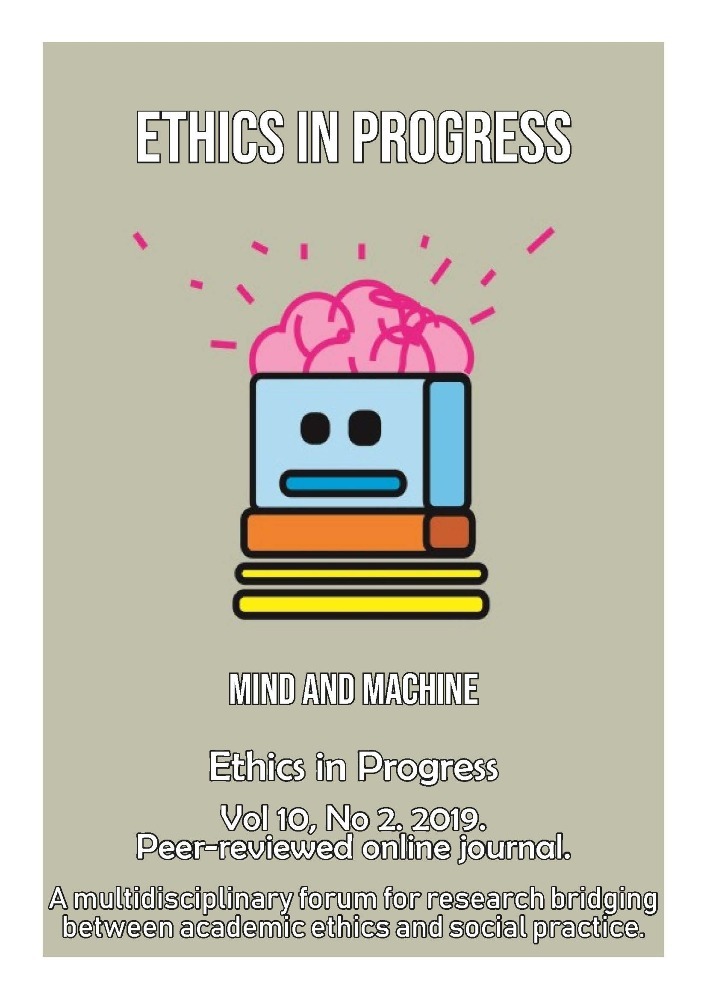Abstract
The aim of this article is to briefly outline my own cognitive experience, characterized by knowledge transfer and aesthetic experience, which arises from making BioArt. Specifically, I do nature photography, using the micro-photography technique. In this article, I distinguish – in terms of methodology and value — between interdisciplinary research in the social sciences and the postulate of transdisciplinary research, which leads me to reject the so-called plantality model — a linguistic concept employed by G. Deleuze and F. Guattari (Rhizome). I argue for a critical approach to this line of post-humanist reflection on non-human life that is not characterized by knowledge transfer. The article includes a report on the course of my research (parts 2 and 3), and a reflection of its relevance to the philosophy of art and philosophy of culture (parts 1, 3, 3.1, 4). The report from my own research and artistic activity includes a description of the transformation of my working space, the process of acquiring new disciplinary tools and skills — an experience that I call a change of attitude — and a presentation of nature microphotography (mainly plant photography). I provide a technical commentary on the presented photographs with regard to the process of their creation (e.g. botanical and optical information related to the microscopic slides and equipment), as well as philosophical comments. The philosophical reflection includes the postulate of alterity, which, in my view, is endemic to post-humanist thought, as well as a postulate called the primacy of abstraction, which reflects the non-naturalistic, anti-illustrative, and interpretative character of artistic microphotography (in contrast to the illustrative nature of “the plantality discourse of philosophy”).Funding
MNiSW grant 261/ WCN/2019/1 “Wsparcie dla Czasopism Naukowych”
References
Bogaczyk-Vormayr M. 2017. „Begegnungen mit Künstlern.“ In: M. Bogaczyk-Vormayr & O. Neumaier (Hg.), Outsider Art. Interdisziplinäre Perspektiven einer Kunstform (pp. 307-317). Wien – Münster: LIT Verlag.
Drews R. 2011: „Mikroskopie und Kunst.“ Mikrokosmos 100, H. 2:121-123.
Haeckel E. 1914. Kleinformen der Natur. Leipzig – Wien: Bibliographisches Institut.
Lévinas E. 1979. Totality and Infinity. An Essay on Exteriority. Trans. by A. Lingis. The Hague: Martinus Nijhoff Publishers.
Marzec A. 2008. „Roślinna filozofia (czyli myślenie rośl-inności).” Czas Kultury 5:8-16.
Marzec A. 2008a. “Vegetal Philosophy (or Vegetable Thinking).“ Trans. by M. Olsza. Czas Kultury. English 5:4-17. Retrieved from https://www.researchgate.net/publication/311545938_Vegetal_Philosophy_or_VegetalThinking (accessed on 20.02.2019).
Pärt A. 2007. “Acceptance Speech on the Occasion of the International Brücke Prize.” Trans. by R. Crow. Retrieved from https://www.arvopart.ee/en/arvo-part/speeches/international-brucke-prize/ (accessed on 20.02.2019).
Sobota D. R. 2015. „Drzewo filozofii. Przyczynki do metafizyki dendrycznej.” Filo-Sofija 31(4/1):11-30.





